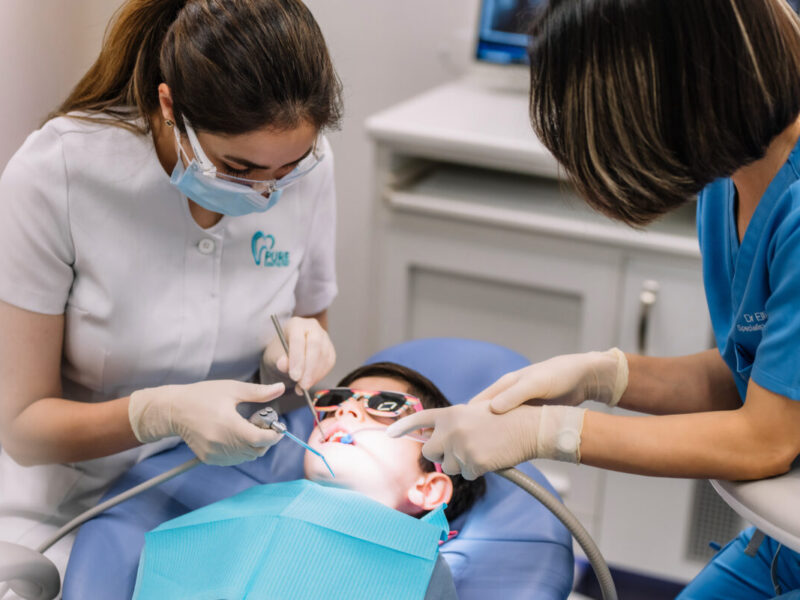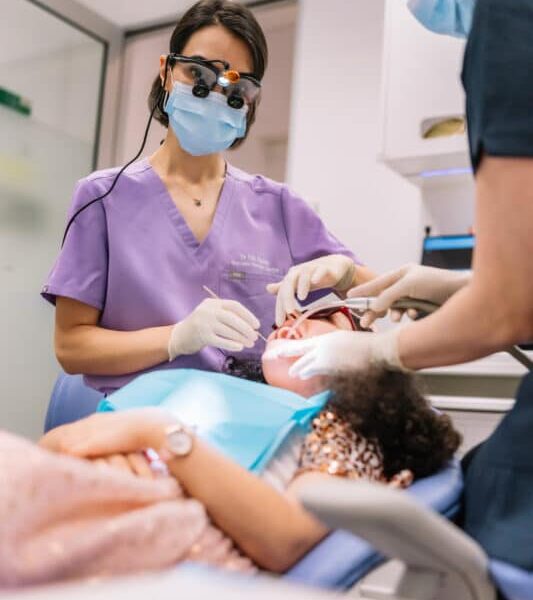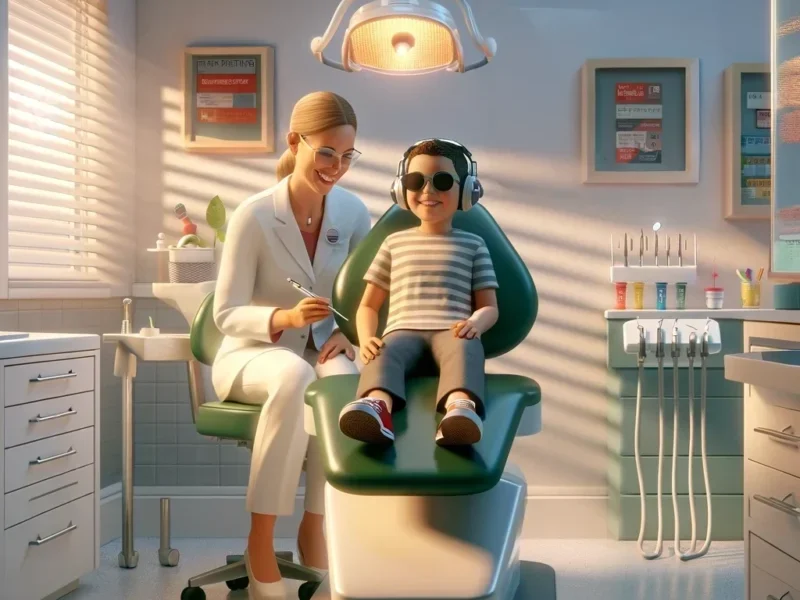Dental Visits for Children with Autism
Dental visits for children with autism can present unique challenges, but understanding these can make a big difference. Our guide is designed to help parents and caregivers feel prepared and informed about what to expect and how to support their child during these visits. Good dental health is crucial for all kids, and even more so for those with sensory sensitivities. With the proper preparation and support, dental visits can become a routine part of your child’s well-being. This article aims to equip you with the knowledge and tools needed to ensure these visits are as smooth and beneficial as possible.
Preparation for Dental Visits for Children with Autism
To make dental visits smoother for children with autism, start by planning ahead. It’s helpful to discuss your child’s needs with the Brisbane Paediatric dentist to ensure they are ready to accommodate them.
Communication with Dental Staff
Talking openly with your kids dentist about your child’s needs is key to a successful visit. Before your appointment, explain any sensitivities or preferences your child has, such as a need for a quiet room or a break between procedures. Ask the dentist to use clear, straightforward language and consider a pre-visit tour to familiarize your child with the environment. These steps help the dental team prepare and adjust the setting to create a more comforting experience for your child. Making sure everyone is on the same page reduces stress and helps the visit go smoothly.
Pre-Visit Preparation
A visit to the dental office before the actual appointment can be very beneficial. It allows your child to become familiar with the environment in a relaxed setting. You can also use this time to introduce your child to the staff and show them where they will be sitting. Using visual aids like pictures or a storyboard can help explain the process of a dental visit step by step. These tools provide a clear and simple explanation, making the upcoming visit less intimidating and more predictable for your child.
During the Dental Appointment
During the dental appointment, it’s important to keep the environment calm and supportive for your child. Quick and clear communication between the dental team and your child helps maintain a sense of security throughout the visit.
Adaptations for Sensory Sensitivities
To help children with autism cope with sensory sensitivities at the dentist, several adjustments can be made. Using headphones to block out the noise of dental tools or sunglasses to soften the bright lights can make a significant difference. Dentists can also use unscented products and ensure that the lighting in the room is gentle and soothing. These simple changes help create a sensory-friendly setting that can reduce stress and make the dental experience more comfortable for your child.
Behavioural Techniques During Dental Visits for Children with Autism
Implementing behavioural techniques can greatly improve the dental visits for children with autism. Positive reinforcement, such as praising the child for good behaviour or offering a small reward after the visit, encourages cooperation and reduces anxiety. Additionally, allowing short breaks during the treatment helps prevent feelings of overwhelm. These strategies not only support the child during the visit but also build positive associations with dental care for future appointments.

Strategies for Effective Communication
Effective communication is essential during dental visits, especially for children with autism. Using clear, simple language and visual aids can help make the experience less stressful and more predictable.
Use of Visual Schedules
Visual schedules are a powerful tool for guiding children with autism through dental procedures. By breaking down each step of the visit into simple, clear images, these schedules help children understand what to expect next. This visual representation not only eases anxiety but also empowers children by providing them with a sense of control over their environment. The familiarity of a routine, depicted visually, can significantly reduce the uncertainty that might otherwise overwhelm them during their dental visit.
Communication Methods
Tailoring communication to match the child’s level of understanding is crucial in reducing stress and enhancing cooperation during dental visits for children with autism. Using models or demonstrations can effectively illustrate what will happen next, helping to demystify the procedures. This approach ensures that the child knows what to expect and can mentally prepare for each step, thereby minimizing fear and resistance.
Coping Strategies for Parents and Caregivers
Parents and caregivers play a crucial role in making dental visits smoother for children with autism. By preparing well and maintaining a calm presence, they can greatly reduce the child’s anxiety.
Support Role During Visits
Parents or caregivers can prepare for a successful dental visit by first ensuring they themselves are calm and informed about what to expect. Demonstrating calmness and confidence can help ease the child’s fears. It’s beneficial to discuss the visit beforehand in simple terms and rehearse the steps together at home. During the appointment, being a reassuring presence, holding the child’s hand if needed, and using soothing words can make a big difference. Your calm demeanour helps your child feel secure and supported throughout the dental procedure.
Aftercare and Regular Visits
Establishing a routine for dental visits is essential for integrating them smoothly into your child’s healthcare regimen. Regular appointments help the child become accustomed to the dental office environment and the procedures, reducing anxiety over time. After each visit, discussing what went well and providing gentle care at home can reinforce positive experiences. Ensuring good oral hygiene practices daily also builds comfort and familiarity with the sensations associated with dental care, which can make future visits more manageable.

Sedation Dentistry Options for Children with Autism
Offering a relaxed dental visit for children with autism, we provide sedation options that make the experience smoother and less stressful.
Laughing Gas (Nitrous Oxide)
Overview: Laughing gas is a safe sedative that your child breathes in through a mask. It helps calm nerves quickly without the use of injections.
Benefits: This gas is great at easing anxiety during dental visits. It allows children to stay awake and responsive without feeling scared or uncomfortable.
Procedure: A dentist fits a small mask over your child’s nose, allowing them to inhale the gas. The calming effect is fast, and once the mask is removed, the gas’s effect wears off just as quickly.
Sleep Dentistry (General Anaesthesia)
Overview: General anaesthesia is a deeper form of sedation that we use during more complex dental procedures. It ensures that your child is completely asleep, feeling no pain throughout the treatment.
Benefits: This option provides total pain relief and can prevent any traumatic memories of the dental procedure. It’s ideal for lengthy treatments that might be too difficult for a child to stay still through.
Procedure: Our skilled anaesthesia team administers this sedation through an IV, closely monitoring your child’s vitals throughout the procedure to ensure their utmost safety. The team’s careful oversight helps your child wake up with little memory of the procedure, safe and sound.





































